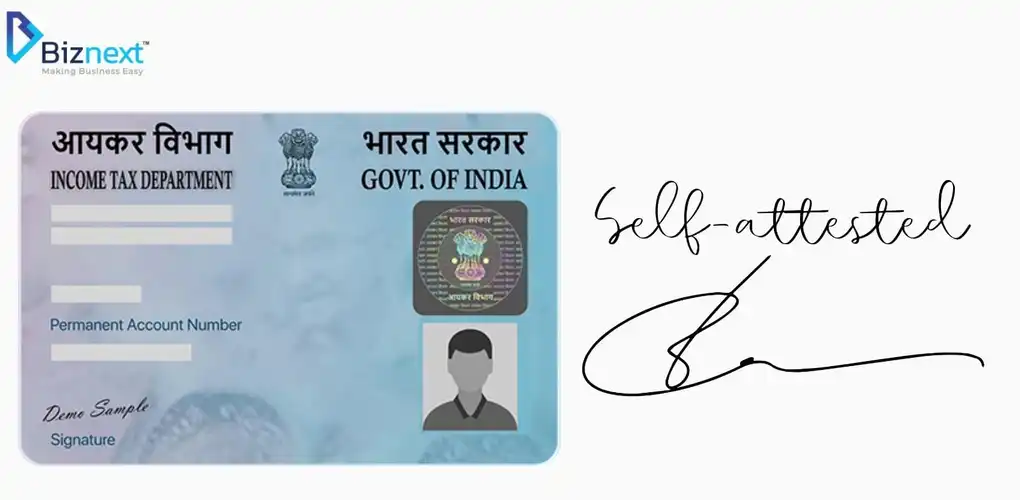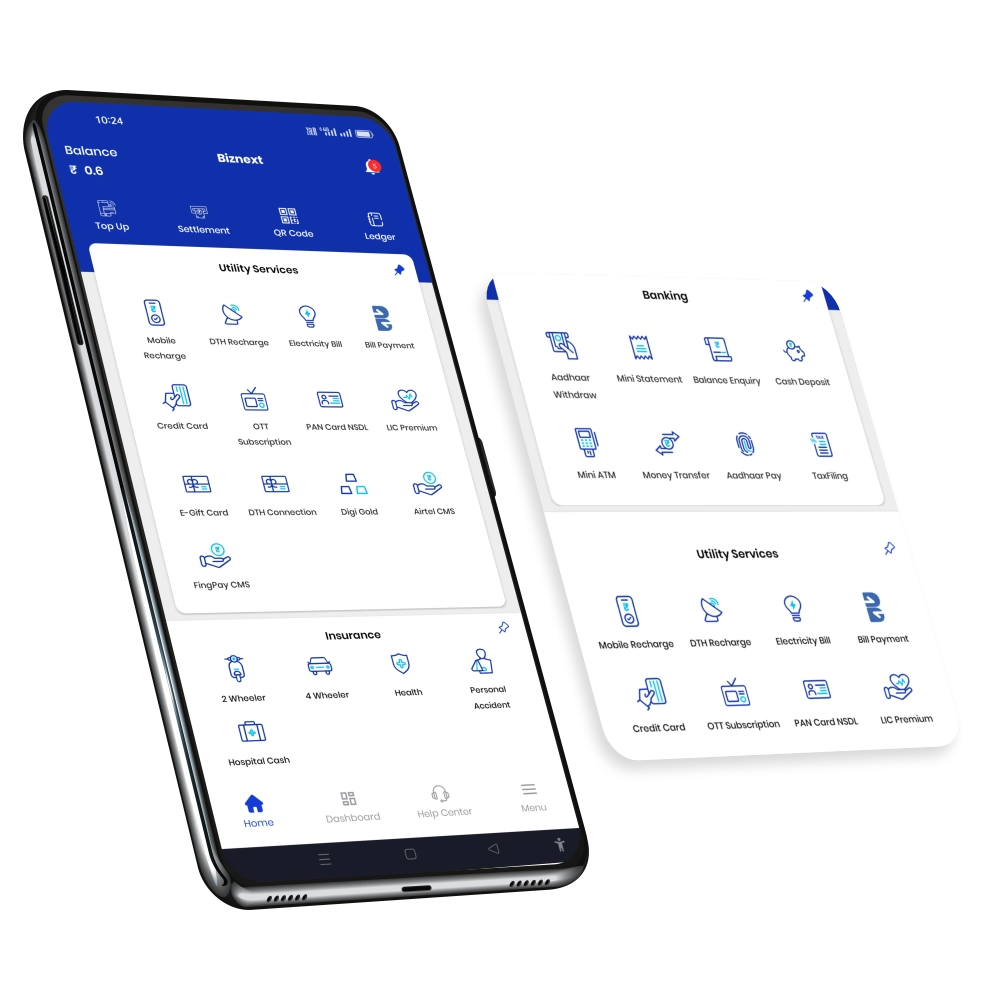For multiple official tasks, we are often asked to submit documents that are self-attested, which defines the genuineness of an individual or the information. From instances where one wishes to seek subsidies from the government to verifying educational documents or applying for a loan, self-attested documents are mandatory.
Let us understand in depth what self-attested documents mean, the various documents that can be self-attested, and which services require such documents.
What Is Self-Attested
The simplest meaning of self-attesting a document is signing it to confirm that you have verified it and believe the information it contains is true to the best of your knowledge. You can self-attest any document by writing “Self-Attested” and signing it. This is a crucial process which requires you to be knowledgeable of what content the document contains before you sign it. Self-attesting a document without being aware of its contents can be problematic if the information turns out to be false.
For example, an Income certificate, Caste certificate, Domicile certificate, etc.
Self-Attested Meaning
The meaning of a self-attested document is that you acknowledge the authenticity of the information the document carries, and hence, you sign it. The simple action of signing on such a document means self-attesting the document.

Self-Attested Meaning in Hindi
स्व-प्रमाणित (Self-Attested) दस्तावेज़ का अर्थ है कि आप दस्तावेज़ में दी गई जानकारी की प्रमाणिकता को स्वीकार करते हैं और इसलिए उस पर हस्ताक्षर करते हैं। ऐसे दस्तावेज़ पर हस्ताक्षर करना ही उसे स्व-प्रमाणित करना कहलाता है।
Self-Attested Documents
Self-attested documents are photocopies of original documents that are signed by the individual to confirm that the information provided is true and authentic to the best of their knowledge. Instead of getting documents attested by a gazetted officer or notary, many institutions now accept self-attested copies as a valid form of verification. This process simplifies documentation and saves time. To self-attest, one must write “Self-attested,” sign, and date the photocopy. These documents are commonly required in government applications, educational admissions, job recruitments, and banking processes.
How to Self-Attest a Document?
A valid document can be self-attested in two ways – Physically and Digitally. With time, the process of filling forms for any purpose has become digital, and so has the option to self-attest. One can self-attest and sign the document digitally; this can be very useful if the documents are available in soft copy format, and especially if documents are expected to be shared online.
Physically Self-Attest a Document
Self-attesting any document is an easy process, but it needs to be done with precautions. The following are the steps to self-attest a document.
- Photocopy Not Original: Every time you self-attest any document, you need a clear photocopy of the required document. DO NOT use the original document.
- Write Self-Attest: On the photocopy, write “Self-Attest” using a black or blue pen on the front side of the document. Handwriting needs to be readable, avoid funky, bold or cursive handwriting.
- Signature: Sign the document right under where it says “Self-Attested”. Sign using the signature which is on your official documents, such as your PAN Card. A short signature which wouldn’t match the original one will not be accepted.
- Date of Signing: Mention the date on which you attested the document, right under your signature.
- Check for multiple pages: Repeat the process for every page the document contains
Digitally Self-Attest a Document
You can self-attest any document digitally by using any website which is recognised by the Controller of Certifying Authorities (CCA). Visit any of the following CCA-approved websites and follow the steps.

- DigiLocker: It is a digital wallet issued by the Government of India to store your documents digitally. It also allows you to self-attest the documents. The user base of DigiLocker is commoners.
- eMudhra: Licensed by a Certifying Authority, being a private company, it also allows you to self-attest the documents. Suitable for businessmen, professionals and individuals
- CDAC eSign: It is a Government Research Body and an e-signature provider. Suitable for government departments and citizens
- NSDL eSign: Being a government-supported e-sign provider, NSDL is suitable for government departments, fintech and enterprises.
To self-attest any document, you can visit these websites, upload the required document, add the text “Self-attested,” and then digitally sign it to complete the process.
What Is a Self-Attested Copy?
A self-attested copy is a replica, or, as is usually known, a photocopy of the document on which someone signs acknowledging the authenticity of the information. Such a copy consists of the signature of the person along with “Self-Attested” written on it. It is important to note that only a copy can be self-attested, not the original document.
Self-Attested Photocopy
Self-attested photocopy or a copy is nothing but the same. One shouldn’t get confused with a photocopy or just a copy when asked for a self-attested photocopy.
Self-Attested Aadhaar Card
A Self-Attested Aadhaar Card is a photocopy of your original Aadhaar card, on which you sign to confirm that it is a true and valid copy. This self-attestation serves as your declaration that the document is genuine. For example, when applying for a new bank account or a passport, you may be asked to provide a self-attested copy of your Aadhaar card as proof of identity and address.
The following are the instances when you most probably will have to submit a self-attested Aadhaar Card.

- SIM card activation
- Updating any details on PAN and Aadhaar Card
- Job application
- Enrollment in school/college
- Availing government schemes
Also Read: How to change the name in the Aadhaar Card

Self-Attested PAN Card
A Self-Attested PAN Card is a photocopy of your original PAN card that you sign to confirm its authenticity. This signed copy is often required as a valid proof of identity or income in various official and financial processes. By self-attesting the PAN card, you declare that the information on the copy is true and matches the original document.
It is commonly used while filing income tax returns, opening a bank or demat account, applying for a loan or credit card, or during KYC (Know Your Customer) verification.
A self-attested PAN Card can be used for the following requirements.
- Filing income tax returns
- Opening a bank account or a demat account
- Applying for a loan or a credit card
Self-Attested AEPS
A Self-Attested AEPS Document refers to a photocopy of any document used for Aadhaar Enabled Payment System (AEPS) services, such as an Aadhaar card or consent form, that is signed by the user to confirm its authenticity. AEPS allows banking transactions like cash withdrawal, balance inquiry, and fund transfer using Aadhaar verification at micro-ATMs.

Self-attestation is often required when registering for AEPS services through banking correspondents or fintech partners. For example, if a retailer is onboarding customers for AEPS through a platform like Biznext, they may collect a self-attested Aadhaar copy from the customer to verify identity and enable biometric-based transactions.
Recently, National Payment Corporation of India (NPCI) has issued a notice on 26th June 2025 for all the members participating in various NPCI products to submit the self-attested documents before the first quarter of the financial year 2025-2026, i.e. 31st March 2026. NPCI products are UPI, BHIM, AEPS, RuPay, BBPS, etc.
Also Read: AEPS agent registration guide






